
Carbon Footprint Reduction with Sustainable Finishes
Today’s chosen theme: Carbon Footprint Reduction with Sustainable Finishes. Explore practical strategies, inspiring stories, and science-backed methods to cut embodied carbon through smarter coatings, paints, and surface treatments—without sacrificing performance, beauty, or budget. Join the conversation and help drive measurable climate impact.
Why Finishes Matter in Your Carbon Footprint
From raw material extraction to curing energy and eventual disposal, each phase of a finish adds carbon. Targeting high-temperature curing, solvent-heavy products, and short-lived coatings can deliver rapid, meaningful reductions without compromising aesthetics or durability.

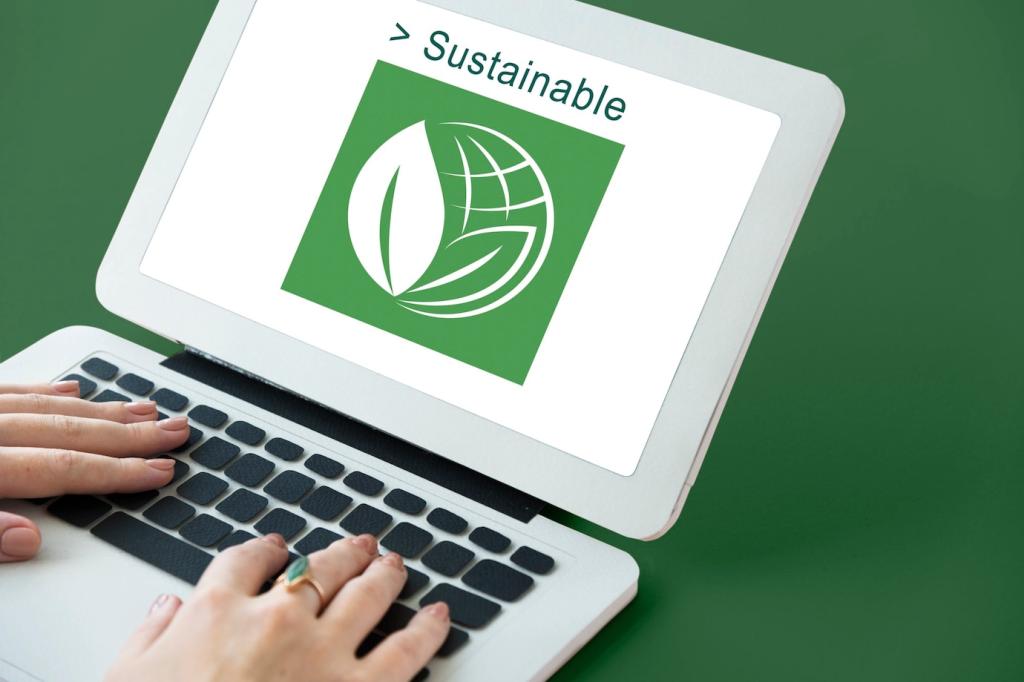
Why Finishes Matter in Your Carbon Footprint
Volatile organic compounds drive smog formation and demand extra ventilation energy during application, indirectly raising emissions. Choosing low-VOC, low-odor options improves air quality, worker comfort, and can shrink operational carbon through reduced ventilation runtimes.
Waterborne and High-Solids Coatings
By minimizing solvent content, waterborne and high-solids systems cut emissions during application and drying. Modern chemistries have closed the performance gap, offering excellent adhesion, gloss, and chemical resistance while reducing odors and improving on-site worker experience.
Powder Coatings with Efficient Curing
Powder coatings eliminate solvents and overspray waste can often be reclaimed. Low-temperature cure powders save energy, widen substrate options, and maintain robust durability—especially valuable where curing ovens or continuous lines can be optimized for efficiency.
Bio-Based Binders and Recycled Inputs
Plant-derived binders and recycled fillers lower embodied carbon by displacing fossil-based content. Paired with transparent documentation, they help teams meet climate targets while delivering distinctive textures, natural aesthetics, and credible sustainability narratives customers truly appreciate.
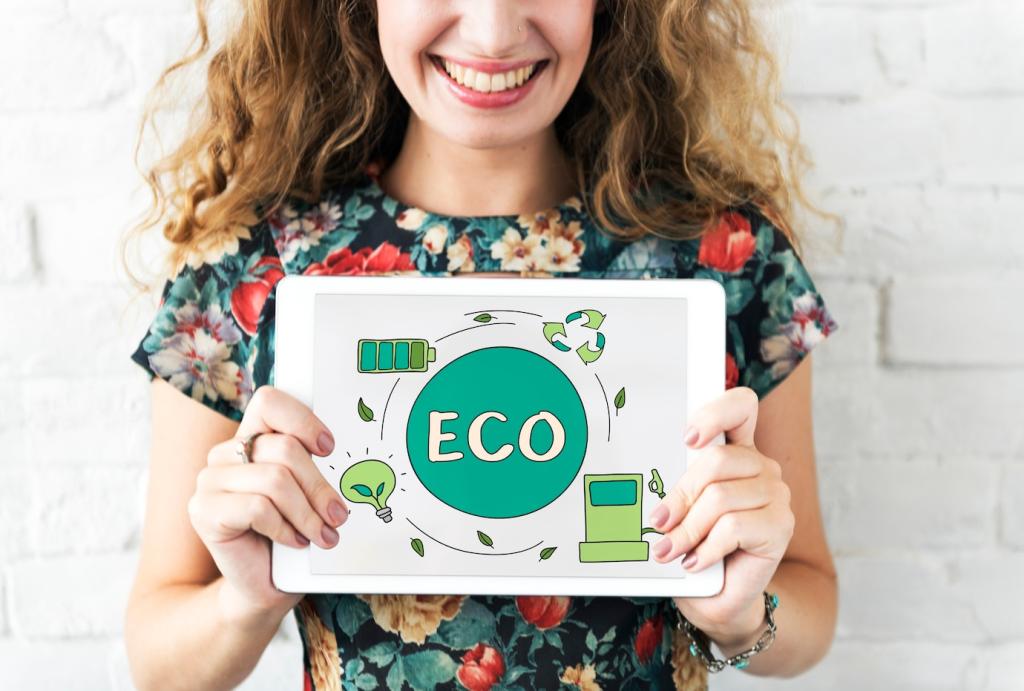
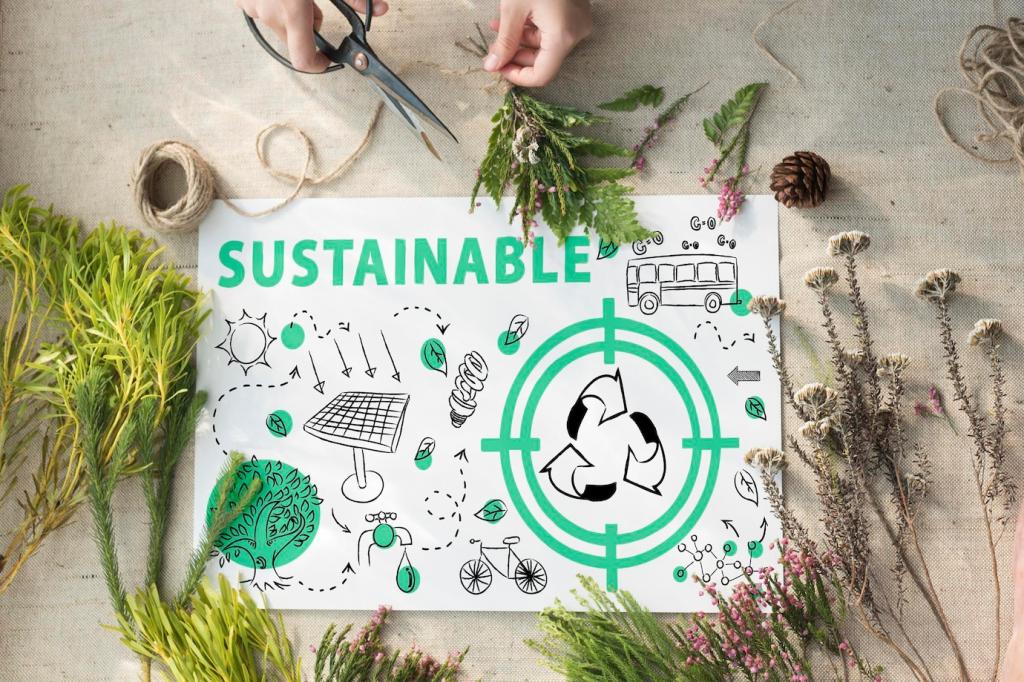
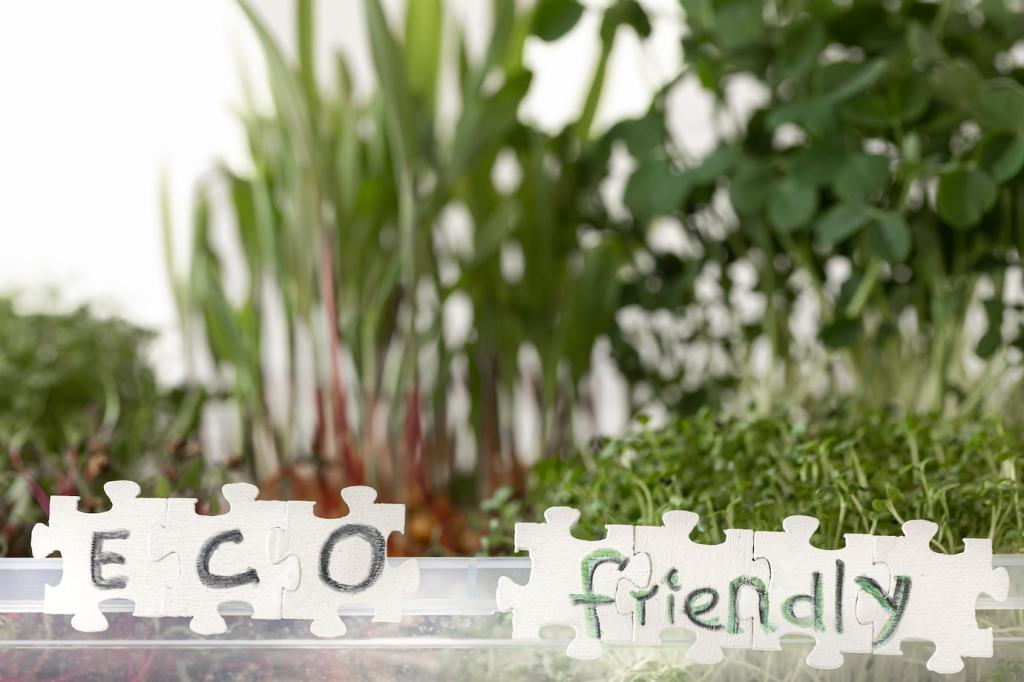

Stories from the Field: Real Reductions, Real Lessons
A metal furniture studio switched from solvent-borne paint to low-temp powder. Energy meters showed a 22% drop in curing energy after oven tuning, while finish defects fell, and customers praised the cleaner air and consistent sheen.
Measure What Matters: EPDs, LCAs, and Labels
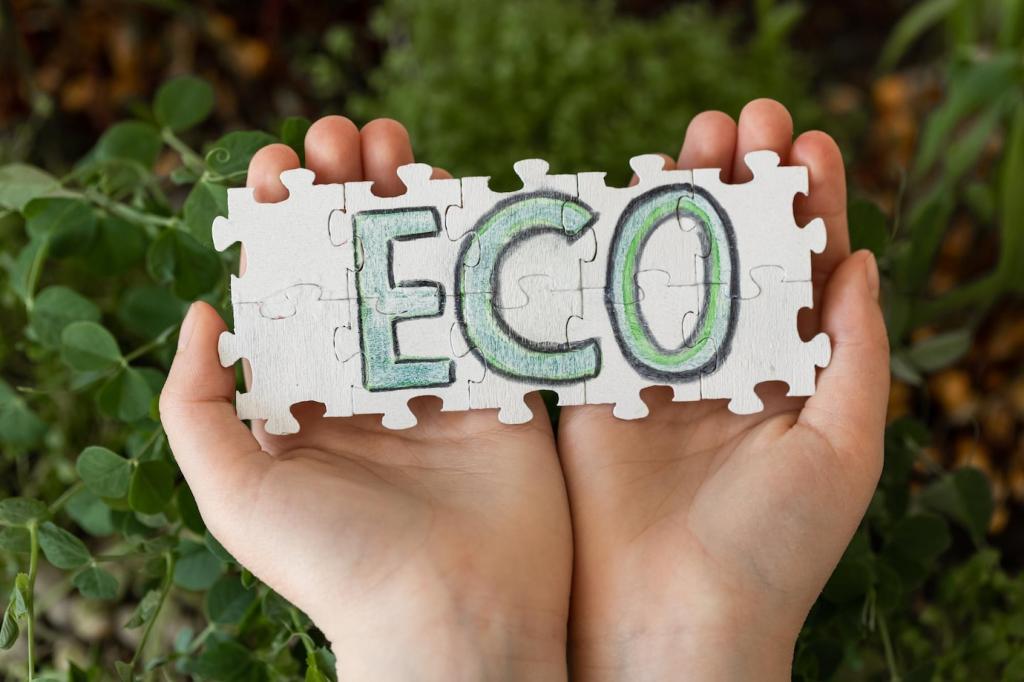
Use EPDs to Compare Apples to Apples
Environmental Product Declarations summarize lifecycle impacts, including global warming potential. Request EPDs from suppliers and compare declared units and system boundaries carefully so decisions reflect true, relevant differences rather than marketing claims.
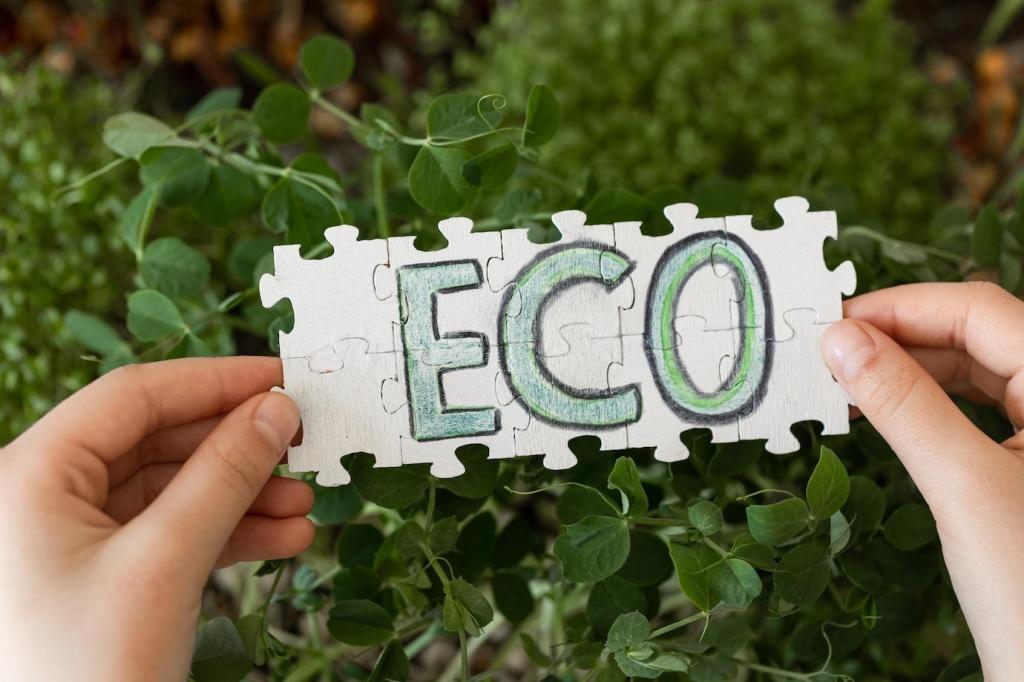
LCA as a Decision-Making Compass
A streamlined lifecycle assessment highlights where emissions concentrate—materials, curing, or maintenance. Even a simplified model guides better choices, making trade-offs visible and helping teams prioritize the most impactful interventions first.
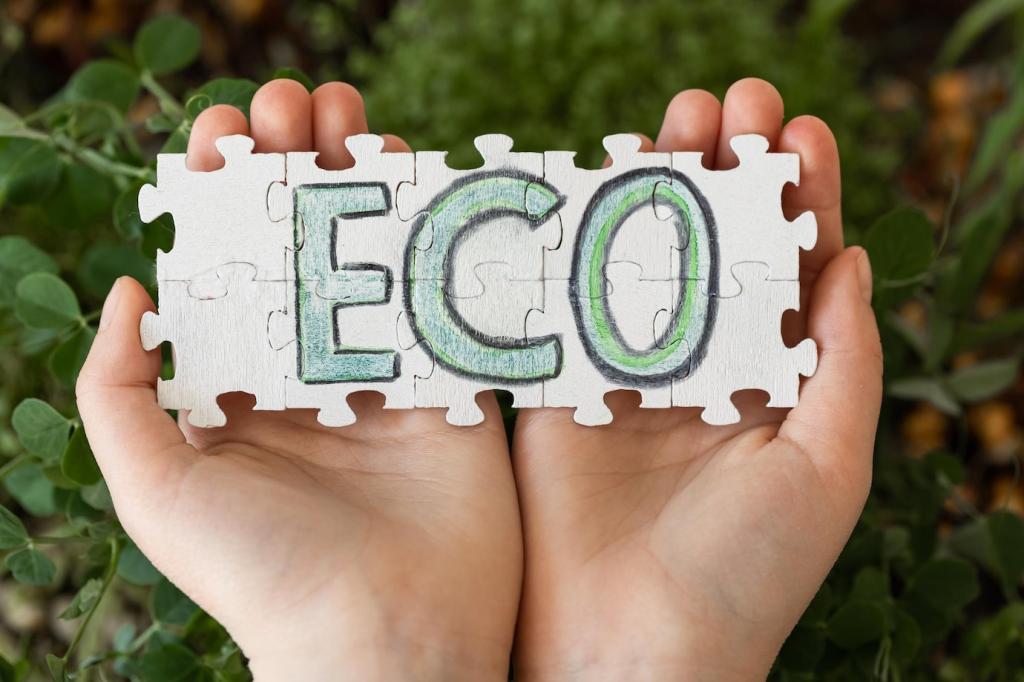
Look for Credible Third-Party Certifications
Programs like GREENGUARD, Cradle to Cradle, or regional eco-labels can validate low emissions and safer chemistry. Certifications do not replace data, but they help shortlist products aligned with both health and climate goals.
From Idea to Action: Your Low-Carbon Finishing Roadmap
Swap in a waterborne primer, tune oven temperatures, and standardize on low-VOC cleaners. These simple steps cut emissions and reveal process data you can use to justify larger investments and wider product transitions.


From Idea to Action: Your Low-Carbon Finishing Roadmap
Ask for low-temperature cure options, bio-based content disclosures, and technical support for line adjustments. Supplier labs can run panels, recommend settings, and help document carbon savings that bolster internal approvals and client communication.
Join the Community: Share, Ask, Subscribe
Tell Us Your Finish Switch Story
Have you moved to a lower-carbon coating or changed curing settings? Share what surprised you, the hurdles, and outcomes. Your insight might be the nudge someone needs to start their own transition today.
Ask a Practical Question
Curious about a specific substrate, humidity constraints, or compliance? Drop your question and we’ll explore viable paths, trade-offs, and real-world tips the community has tested on shop floors and job sites.
Subscribe for Tools and Updates
Subscribe to receive checklists, pilot templates, supplier question sets, and new case studies. Stay current on emerging chemistries and process tweaks that shrink carbon without sacrificing finish quality or production throughput.
